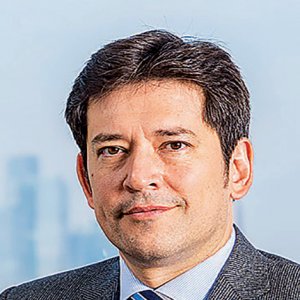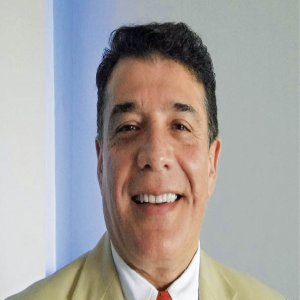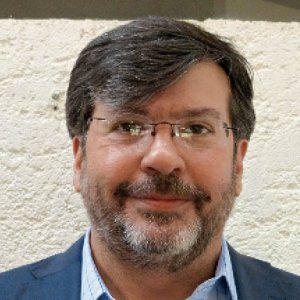Climate Change Crisis Spurs Transformation

Climate Change Crisis Spurs Transformation

Q: Could you share the drivers that led to the creation of ITACA Proyectos Sustentables?
MVP: The company was founded in Villahermosa, Tabasco, in 1994, and had been working in the region for many years. At that time we had an established interest in the environment, but it did not consitute a crucial part of our business vision, it was simply a point of inspiration. Then in 2007, mother nature sent Mexico its first bill in the form of the massive floods and Tabasco was one of the first to pay. The whole city of Villahermosa was submerged and the inhabitants were evacuated. I decided to remain in the city for the duration of the crisis, and get involved in the clean-up of my home town. It was then that I realized that, as an architect, I needed to design buidings in an entirely different way to combat the repercussions of climate change. We prioritize sustainability, and all of our projects are built with an acknowledgement of the impact they have on the environment. We have now expanded our presence and inaugurated an office in Mexico City to enter a market that is more receptive to green architecture.
Q: How can ITACA improve urban planning and improve the adaptability and resilience of vulnerable settlements?
CV: ITACA’s transformation viewed a major natural disaster as an opportunity to innovate and change urban development. Seeing the effects of climate change firsthand had a deep impact on us and put our values and legacy into perspective. The first step we decided to take was to create consciousness, so I became a Climate Reality Leader to inform people about climate change, as well as its effects and challenges. Then we decided to take action in the building industry, since it is one of the sectors that can have one of the most positive impacts in reversing climate change and mitigating its effects. It is the understanding of the energy and water nexus, of the link of life and biodiversity, and of the risks to human health that allow us to create sustainable buildings. Our contribution has been mostly in individual buildings rather than urban design. While we have worked with some local authorities, most of the time they are not receptive to these practices. For instance, the way they face the prospect of flooding is by increasing the height of the riverbanks, and when the water overflows there is no safeguard. This mentality does not consider cause, it only focuses on the effects and fails to correlate the deeper underlying factors, whereas sustainability demands a wider vision.
Q: What are the advantages of choosing bioclimatic architecture, and how can it result in cost efficiency?
CV: Firstly, water and waste management systems are included in our structures. For the former we maximize water efficiency and include rain water harvesting and filtration, and closed cycles are implemented for the treatment and reuse of water within the project, and for irrigation. During the design process we specify local, reused, recycled, and recyclable products and materials. Secondly, our waste management studies have led us to realise the complexities of this sector. In Tabasco, for instance, we visited a transfer and processing center. It was a disconcerting sight, with vultures and people fighting over the organic matter and plastics, respectively, leading us to incorporate waste management systems in our designs. Lastly, we tackle the concept of legacy, which is closely intertwined with the concept of beauty, using designs that are inspired by nature and organic geometry to create forms that are conducive to human wellbeing. Therefore, we have a significant responsibility as designers to leave behind buildings that reflect value and culture, but that also withstand the rigors of aging, like those of our prehispanic and colonial ancestors.
Q: Which is your flagship project, and how has it applied these sustainability principles?
CV: We applied the aforementioned principles to the Centro Gerontológico Tabasco, a care center developed for DIF to house the elderly during the day, offering infrastructure for sports, recreation, education, and healthcare. We maintained the site’s multitude of almost 100 trees and designed around them, using the principles of bioclimatic architecture and energy efficiency, which earned us the Premio SEEER 2014. The project is 98% independent of municipal water sources through the use of rainwater harvesting and onsite water treatment systems. Photovoltaic panels generate solar energy for interior and exterior lighting, and thermosolar panels are used to heat the water in the therapeutic pools. This is one of our signature projects, which we would like to replicate throughout the country and even internationally



















